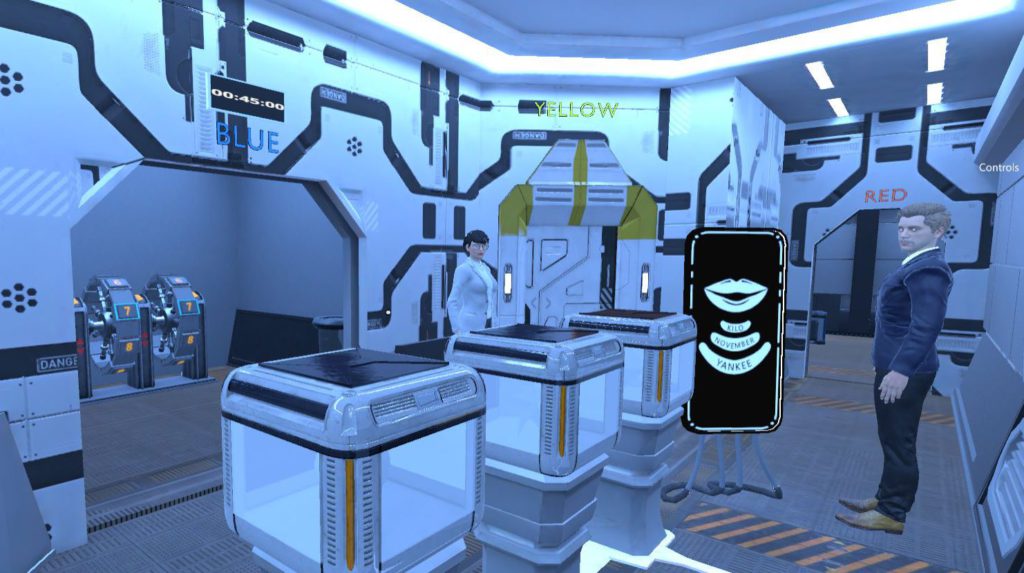
Virtual Escape Rooms
Escape Rooms have been around for over a decade, though gaining popularity only recently. They are theme-based physical rooms filled with immersive activities, challenges and adventures played in teams. The themes can range from action-packed to light-hearted fun where the teams are on a mission solving clues and uncovering secrets together!
Birth of Virtual Escape Rooms
Construction of physical escape rooms is expensive and time consuming and poses additional challenges in pandemic situations. This has spurred research on virtual escape rooms delivered by web/mobile or virtual reality (VR) devices and studies have found virtual escape rooms to be highly effective. While significantly less expensive, virtual escape rooms still require considerable expertise in programming, 3D art and subject matter, which has slowed the rate at which they can be developed. To overcome the skill barrier and significantly accelerate the rate of creation of high quality virtual escape rooms, what is needed is a no-code authoring tool like HyperSkill that can be placed in the hands of teachers and learning designers, and even students, so that they can participate in building the content they need, implement it in classrooms and iteratively refine it. Putting teachers and students in control of this new content modality will unlock several important benefits for education. These benefits include technological literacy gains, feelings of autonomy and the potential for entrepreneurial initiatives (e.g., a team of teachers or students can create content).
Where are escape rooms being used?
In recent years, physical escape rooms have cross over from a popular leisure activity to a promising educational activity from elementary to graduate school as well as corporate training, encompassing a vast variety of technical (STEAM, medical, programming, IT) and non-technical (improved attitude toward the topic, reduced anxiety, increased group cohesion, teamwork and communication skills) knowledge and skills. Many researchers have compared escape room activities to traditional classroom learning and web/tablet based digital learning and accumulated significant evidence for the superiority of escape rooms. Our literature search from the last two years resulted in dozens of papers from the USA, China, Taiwan, Finland, Germany, Greece, Spain and Israel. While the US papers tended to focus mostly on adult learning in the medical domain (nursing, pharmacy, surgery), papers from the other countries focused on STEAM subjects in K-12. In summary, the literature review strongly indicates that escape rooms have universal appeal across grades and domains as an engaging and effective learning activity and provides strong impetus for effort toward enabling teachers to implement them in their classrooms.
What are they used for?
Theory of change: In the short term period of 1-3 years, teachers will benefit from a collection of virtual escape room simulations that are co-created by fellow teachers, vetted for quality and NGSS aligned. They will experience the convenience of being able to rapidly find high quality simulations that work on VR/AR and traditional web/mobile platforms and receive formative assessment feedback about their next best action. Students will enjoy engaging activities for learning in a team setting. In the long run, creative teachers (and perhaps even students) will be able to generate income from the sale of the simulations. In the long term of 4-10 years, this project will potentially provide to hundreds of teachers a higher level of competency and literacy in Metaverse technologies and familiarity with the new modality of immersive intelligent content. In turn, this will help students integrate this emerging technology into their academic learning at an earlier stage and thus become better prepared for the jobs of the future which will increasingly depend on Metaverse technologies.
